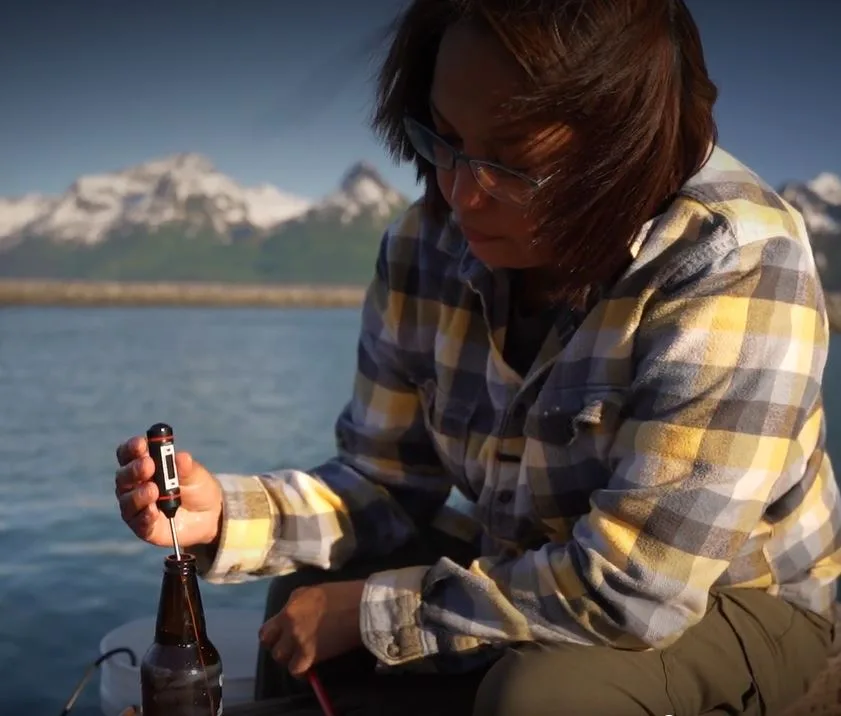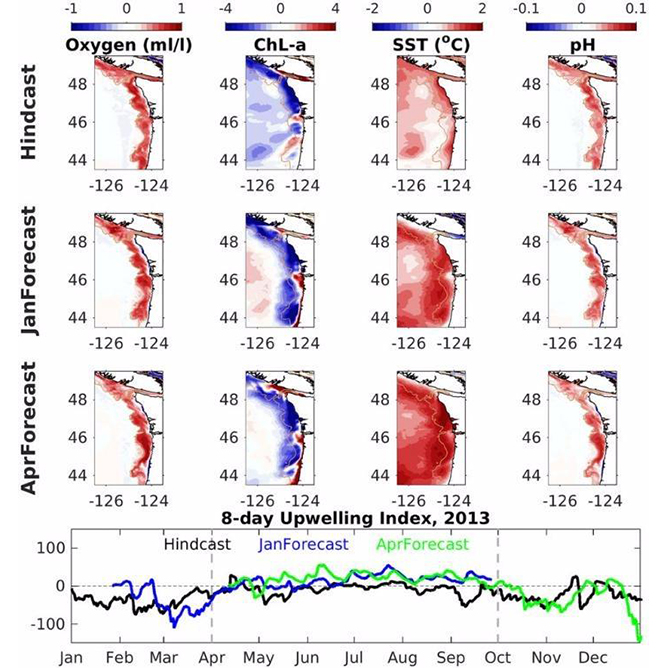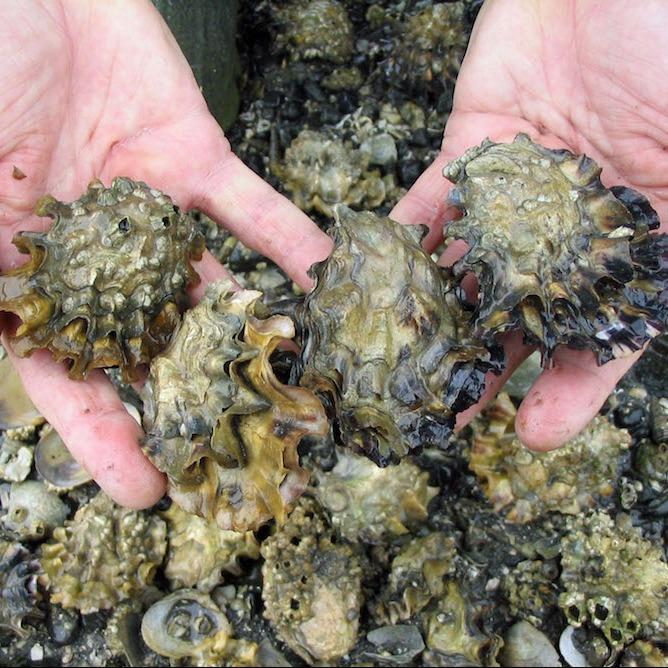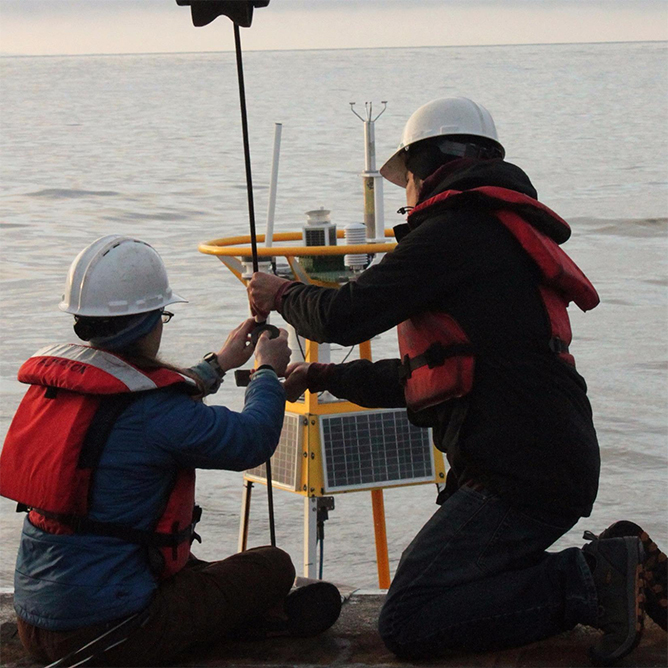Community Sampling and Ocean Acidification Observations in South-central Alaska
Why we care
Southeast Alaska experiences ocean acidification at a faster rate than other regions due to its cold water temperatures and ocean current patterns. Indigenous communities rely on a healthy marine ecosystem and the culturally and economically important species that are impacted. This long-term community science monitoring program brings together scientists, aquaculturists, and seven Alaska Native communities to build capacity. This project brings awareness about the program, ocean acidification, and its impacts through multimedia.
What we are doing
The CRRC created a video in partnership with Alutiiq Pride Shellfish Hatchery (APSH) to communicate the scientific findings of a long term Native Alaskan community science water quality program south-central Alaska. The goals of the video are educating and raising awareness of ocean acidification and the community science monitoring program to Alaskan Natives and communities the CRRC serves. The video delivers the main findings of the program, highlights the partners and points to current and future impacts to wild shellfish and traditional subsistence food in the Chugach region.
Benefits of our work
This monitoring program serves as an example of co-producing science with indigenous communities that can be used nationwide. The video provides long-term water quality and ocean acidification monitoring data in a more meaningful storytelling format for coastal Alaska Native communities impacted by changing ocean conditions. By using different science communication techniques, such as through multimedia projects, the CRRC and APSH can reach more communities that may be interested in starting a water quality monitoring program in their local marine ecosystem.
Image: Hope Roberts of the Valdez Native Tribe preserves a water sample for analyzing carbonate chemistry. Credit: Chugach Regional Resources Commission



